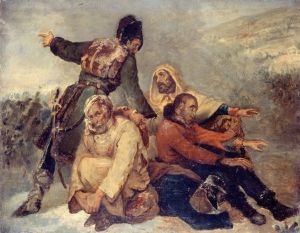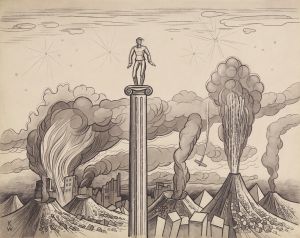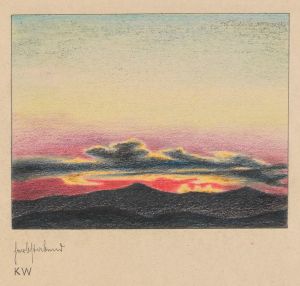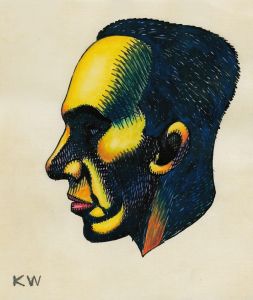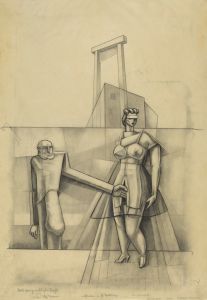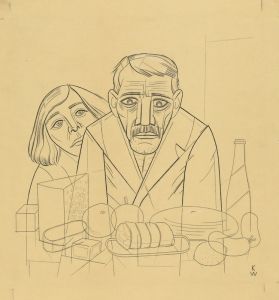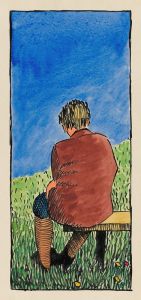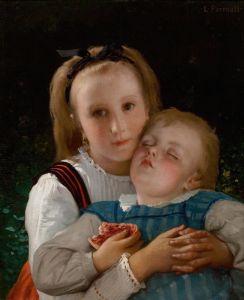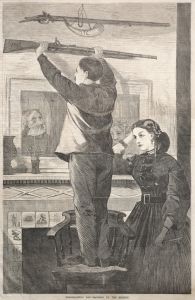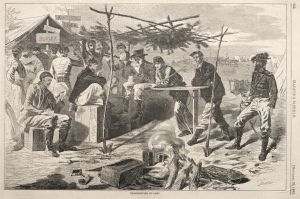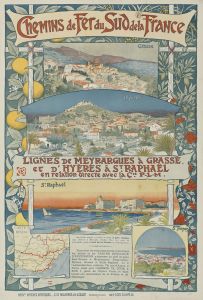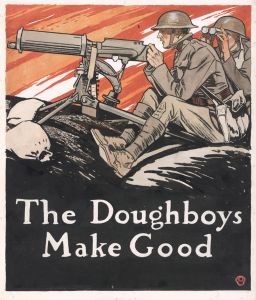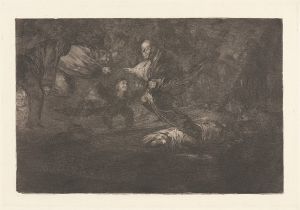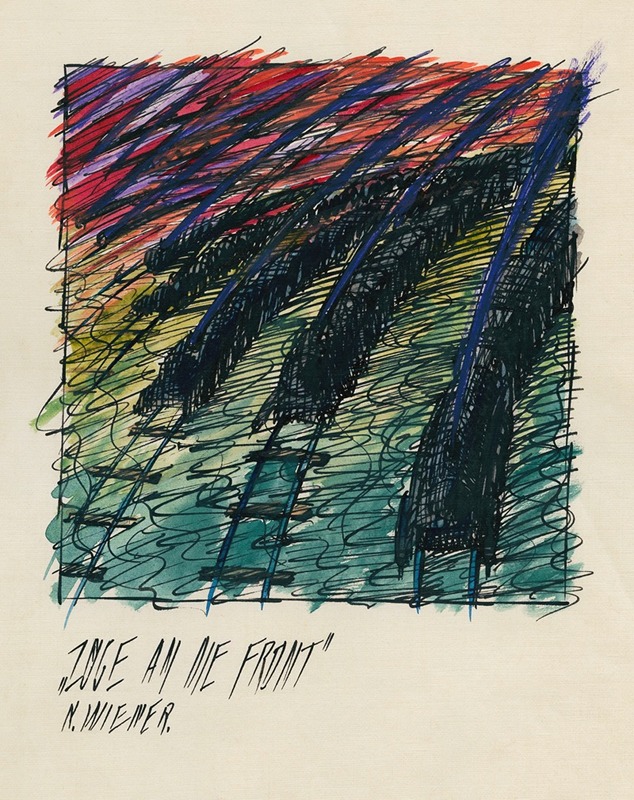
Züge an die Front
A hand-painted replica of Karl Wiener’s masterpiece Züge an die Front, meticulously crafted by professional artists to capture the true essence of the original. Each piece is created with museum-quality canvas and rare mineral pigments, carefully painted by experienced artists with delicate brushstrokes and rich, layered colors to perfectly recreate the texture of the original artwork. Unlike machine-printed reproductions, this hand-painted version brings the painting to life, infused with the artist’s emotions and skill in every stroke. Whether for personal collection or home decoration, it instantly elevates the artistic atmosphere of any space.
Karl Wiener was an Austrian painter known for his works that often depicted scenes from World War I. One of his notable paintings is "Züge an die Front" (Trains to the Front), which captures a significant aspect of the war effort: the transportation of troops and supplies to the front lines. This painting is a poignant representation of the logistical challenges and the human element involved in the war.
"Züge an die Front" illustrates a scene at a railway station, where trains are being loaded with soldiers and military equipment. The composition of the painting emphasizes the scale and intensity of the mobilization efforts during the war. The use of color and light in the painting conveys a somber and serious mood, reflecting the gravity of the situation. The soldiers, depicted in their uniforms, are shown boarding the trains, while the steam from the locomotives adds to the dynamic atmosphere of the scene.
Karl Wiener’s attention to detail in "Züge an die Front" highlights the industrial and mechanical aspects of the war. The trains, a symbol of modern technology, are portrayed as essential tools in the war effort, facilitating the movement of large numbers of troops and vast quantities of supplies. This painting serves as a historical document, providing insight into the logistical operations that were crucial to the war.
The painting also captures the emotional weight of the moment. The expressions and body language of the soldiers suggest a mix of determination, apprehension, and resignation. This human element adds depth to the painting, reminding viewers of the personal sacrifices made by those who served in the war.
Karl Wiener’s work, including "Züge an die Front," is significant in the context of war art. His paintings offer a visual record of World War I, contributing to our understanding of the period. They also serve as a reminder of the impact of war on individuals and societies.
"Züge an die Front" is housed in a collection that preserves works from the World War I era, ensuring that future generations can learn from and reflect on this pivotal time in history. The painting remains an important piece for both its artistic merit and its historical significance, providing a window into the experiences of those who lived through the war.
In summary, Karl Wiener’s "Züge an die Front" is a powerful depiction of the logistical and human aspects of World War I. Through his detailed and evocative portrayal, Wiener captures the essence of the war effort, making this painting a valuable piece of historical and artistic heritage.





